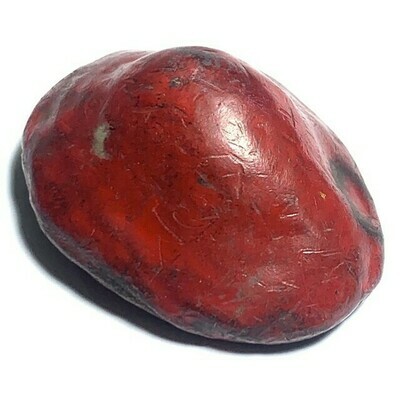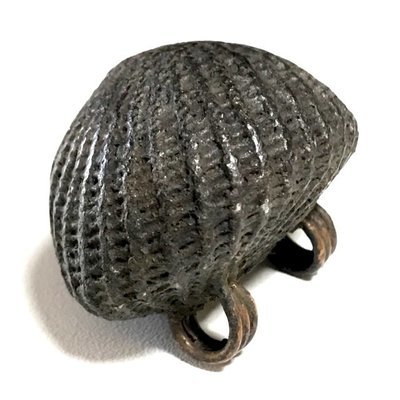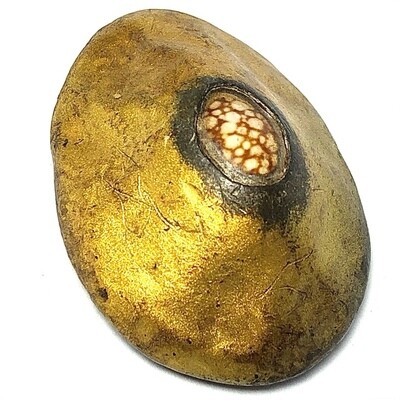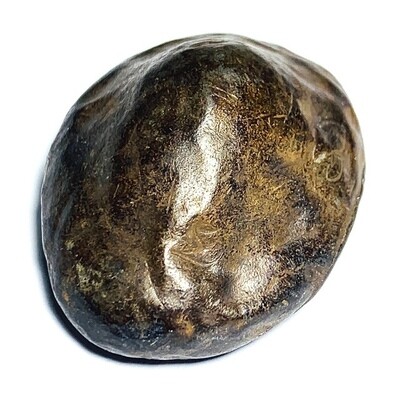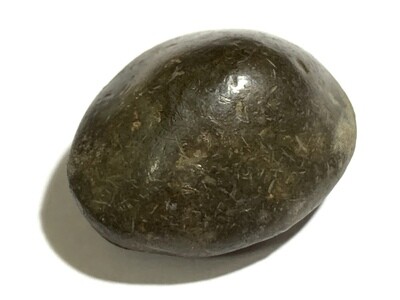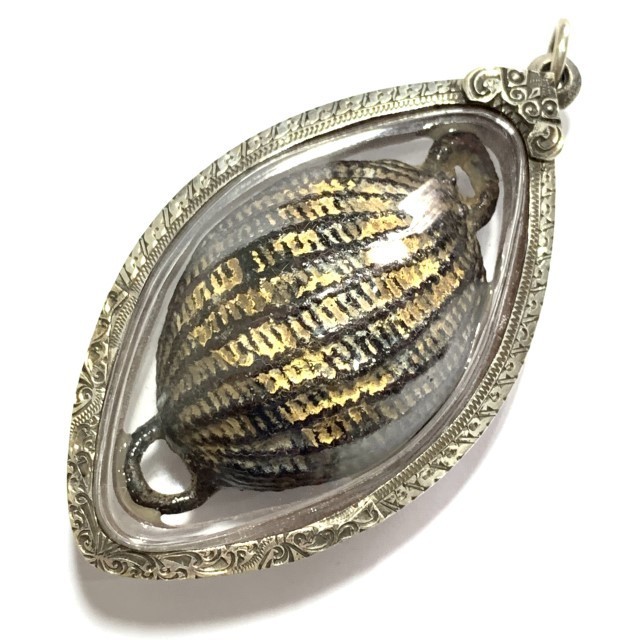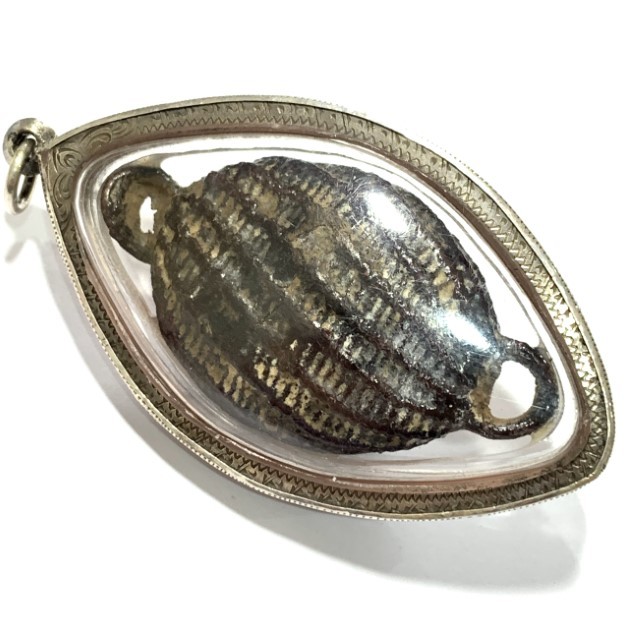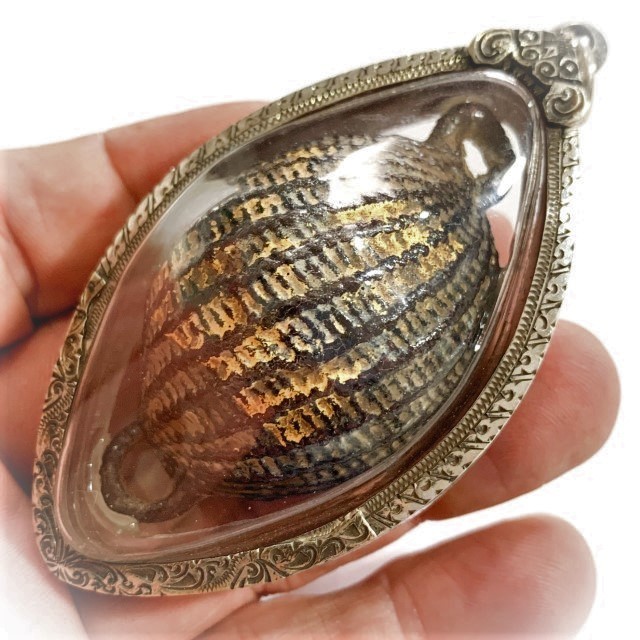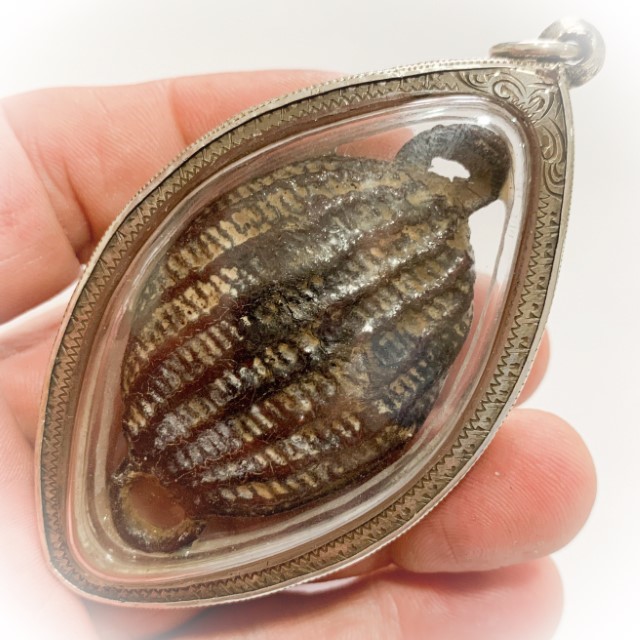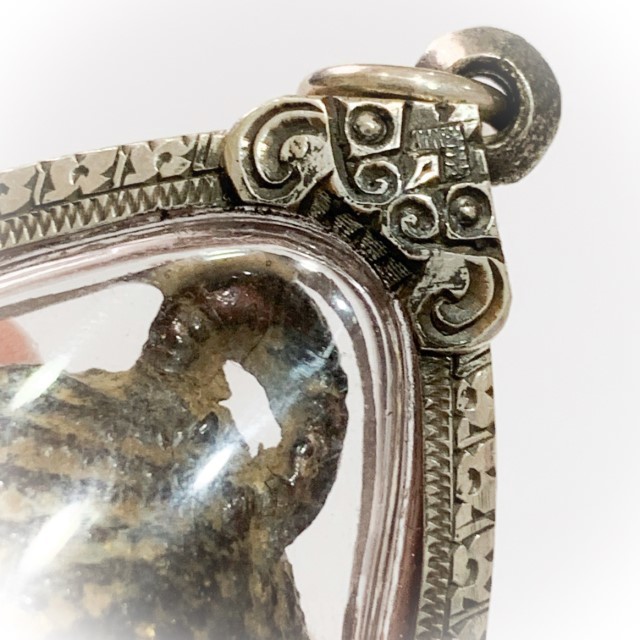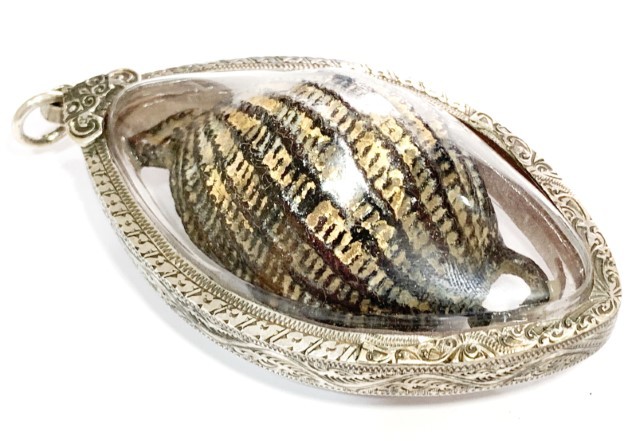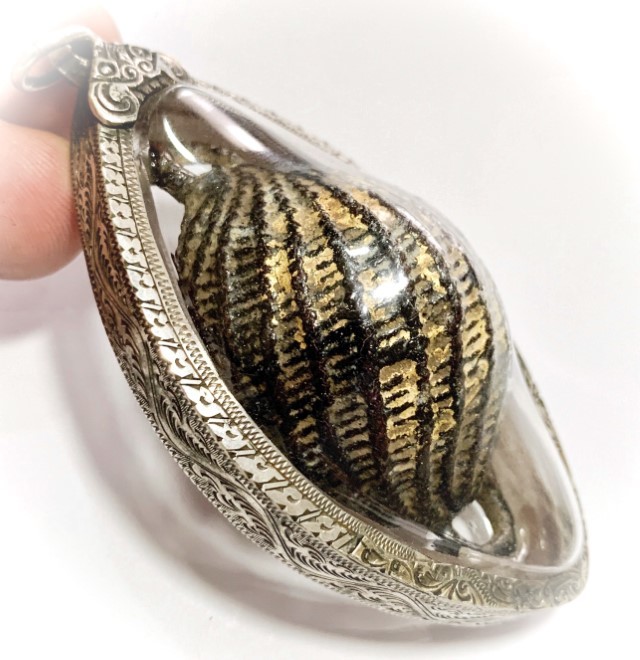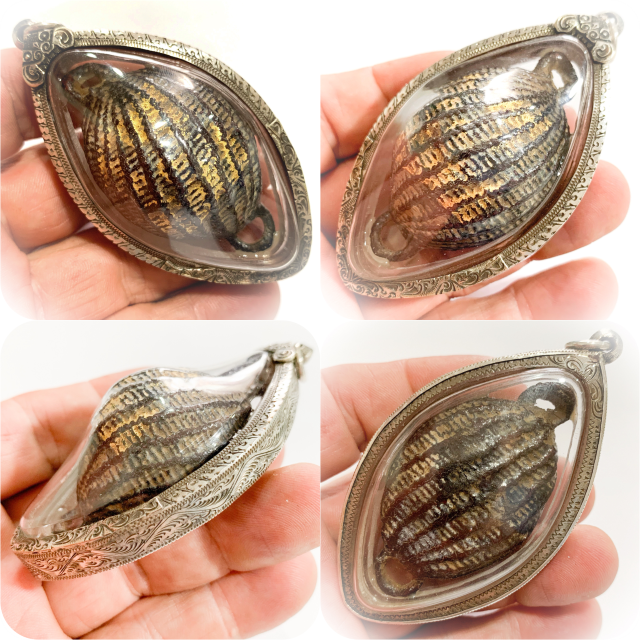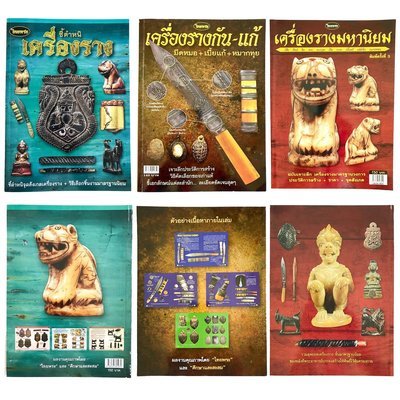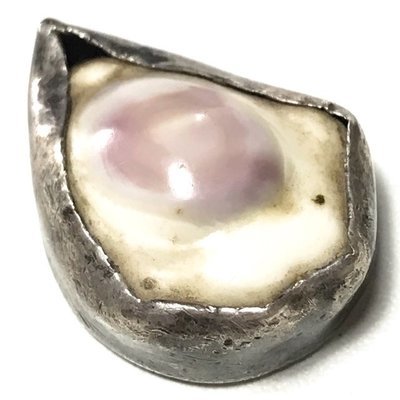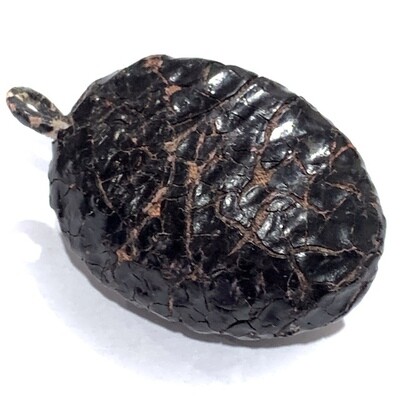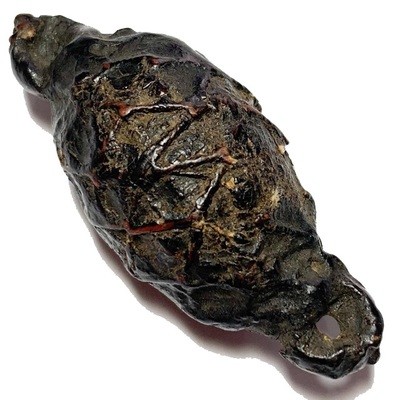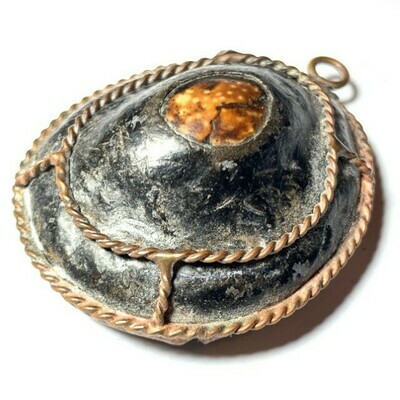
Ancient Amulet Store – Purveyors of preferred Classic Thai Buddhist Amulets for the True Devotee and Distinguished Collector
Discover the immensely deep and fascinating world of Vintage Thai Buddhist Amulets. Ancient Amulet is a long term established and internationally recognized Vintage Amulet Shop, and A Trusted Source for Classic Thai Buddhist Amulets for Devotees and Discerning Collectors, and is one of the many sub projects of informational sources created by Thai Amulet, Buddhism and Thai Occult Expert, Ajarn Spencer Littlewood . as part of his ‘Buddha Magic Project‘
Ancient Amulet provides authentic Antique and Rare Thai Amulets of the Pre and Early Post-Modern Era, of high esteem and Sacred Value, to revere, study and collect. Our Ancient Thai Buddhist Amulets are selected from the finest exhibits we can discover, and given diligent study and authentication processes. Our collection showcases time-honored amulets crafted by ancient masters, boasting captivating qualities and representing the esteemed Pra Niyom class. We offer authentic, highly valued ancient Thai Buddhist amulets from the pre and early post-modern eras, carefully selected from the finest exhibits and thoroughly examined. We invite you to study, revere, and collect these classic amulets from ancient masters, and to learn about their magical aspects and the art of amulet evaluation
Bia Gae Song Huang Thak Chueak Long Rak Pid Tong Custom Silver Casing Luang Phu Rod Wat Nai Rong
An immensely beautiful large size Bia Gae Sorng Huang 2 ringed version of the World Famou Bia Gae of Luang Phu Rod, of Wat Nai Rong. The Bia Gae of LP Rod is one of the legendary Ancient Talismanic Charms of Historical fame, and classed as one of the members of the 'Benjapakee' Top 5 Bia Gae amulets of all time.
This Bia Gae has the option of Waterproof Casing or Solid Gold Custom Casing, but we recommend leaving it in its original state, and also advise that if you choose Gold Casing, due to the large size of the amulet, the price would be relatively high for the quantity of gold needed
There are many famous masters with powerful Wicha Bia Gae, but it can be said by most, that the two most famous and powerful of all Bia Gae are believed to be the Bia Gae of Luang Phu Bun (Wat Klang Bang Gaew) and Luang Phu Rod (Wat Nai Rong). The great Luang Phu Juea Biyasilo of Wat Klang Bang Gaew also applied the Wicha of both Luang Phu Bun and Luang Phu Rod with his famous Bia Gae, which is a testament to the power of the two top Masters.
The Bia Gae of Luang Phu Rod of Wat Nai Rong is one of the top five 'Benjapakee' of all Bia Gae of all Time, along with the Bia Gae of, Luang Phu Bun (Wat Klang Bang Gaew), Luang Por Perm (Wat Klang Bang Gaew), Luang Por Pat of Wat Bote (Ang Tong), and Luang Por Kam of Wat Po Bplam.
Wat Nai Rong is an ancient Buddhist Temple which was constructed during the time of His Majesty Somdej Pra Jom Glao Jao Yoo Hua Rama 4 of the Chakri Dynasty. The temple is located in the municipality of Bamhru in Bangkok Noi. In olden days it stood in the middle of pastures and fields on the borders of the Thonburi Municipality. It was situated very close to the temples of Wat Bang Bamhru and Wat Khee Hlek. All 3 temples were highly revered as ancient temples of the late Ayuttaya Era.
The temple of Wat Nai Rong was built by a wealthy owner of a 'Rong Lakorn' Vaudeville Stage Show, which was also often performed within the temple he built. His name was 'Nai Grab'. This caused the locals of the area to call the temple 'Wat Lakorn Jao Grab' (which means 'temple of the theatre of Mr. Grab'), and after its completion was given the official name of Wat Nai Rong (meaning 'Temple of the Theatre Owner).
Luang Phu Rod of Wat Nai Rong has little recorded history about his biographical details, apart from what has been retold by agéd members of his devotees in olden days. He was highly renowned for his Wicha Bia Gae Cowry Shell amulets, and Hmak Tui.
It is said that Luang Phu Rod was not from Bangkok Noi, but was born and grew up in another part of Bangkok. When he came of age, he ordained into the Sangha and practiced in the style of Vipassana Kammathana Mindfulness practices at Wat Ngern in Klong Bang Prohm.
He remained practicing diligently for many years at Wat Ngern, until he became highly adept in his self control and austerities. He then moved to practice at Wat Nai Rong, where after some years, he was asked to accept the position and duties of Jao Awaas (Abbot) of the temple.
Luang Phu Rod became rapidly famous for his Bia Gae Talismanic Charms, which it is said he mastered under the tutelage of the ancient Master Luang Phu Khaek of Wat Bang Bamhru, who was an agéd sorceror monk who possessed a plethora of ancient Wicha.
Luang Phu Rod mastered the Wicha Bia Gae of his Mentor and eventually surpassed him with his ability to empower the Bia Gae with Puttakom Power. Luang Phu Rod was one of two monks apprenticed to Luang Phu Khaek, the other being Luang Phu Chay, who later became abbot of Wat Bang Bamhru after the passing of Luang Phu Khaek.
The amulets of Luang Phu Rod were various, but consisted mainly of hand made Talismanic Charms such as Takrut, Pha Yant, Prajiad Cloth rings and armbands (Pirod), and of course his most famous amulet of all, the Bia Gae, Hmak Tui and Chan Hmak Betel-Areca Nut amulet.
The Chan Hmak chewed betel-areca balls of Luang Phu Rod were especially favoured because he would like to chew the betel-areca nut as he was chanting and empowering amulets in meditation during Putta Pisek Ceremonies (Buddha Abhiseka amulet blessing rituals). Devotees would beg Luang Phu for some of his chewed betel-areca nut after the ceremonies to roll into balls and wear as amulets.
The method of creation and empowerment of the Bia Gae of Luang Phu Rod which is so rare and highly sought after in the4 present day, had a complex method of magical empowerment. Firstly, the Cowry shell used must be of the type with the 'Akarn 32' present within its appearance. This means that the mouth opf the cowry shell must have 32 teeth, with 16 teeth either side. any other number of teeth does not fulfil the Wicha Bia Gae of Luang Phu Rod inherited from Luang Phu Khaek.
The back of the cowrie shell must also have a natural pattern which resembles the sacred Na Bad Dtalord Yantra spell on it. The pattern must extend from one end of the Bia Gae to the other. Luang Phu Rod would only accept this kind of Bia Gae shell from his devotees, and would send them far afield to seek and find cowrie shells with these specific characteristics
Luang Phu Rod would take the Bia Gae shells and fill them with Parort Mercurial admixture. Parort mercurial alchemical liquid metal is a sacred substance in Thai Buddha Magic, which is believed to possess the powers of a Kaya Siddhi Elemental Adamantine Substance (Indestructible).
The alchemical Wicha of Metallurgical alloy smelting for this type of Parort used in the Bia Gae of Luang Phu Rod came from ancient times, when Masters such as the Great Luang Phu Pu of Wat Ta Lor used mercury to smelt with Leaden Artefacts and Dee Buk (leaden silver alloy), to make Takrut and other metallic alchemy based amulets and talismans. The Parort mercurial substance was extracted using magical Ritual Invocations within haunted cemeteries, and the method of extraction is now lost to public knowledge.
It is said that Luang Phu Rod would make the Bia Gae in the night time, empowering the Parort Mercurial Substance until it would run around in the water bowl it was immersed in of its own accord. Luang Phu Rod would then perform incantations and call the Parort mercurial substance, to travel through the water towards the immersed cowry shell, and enter through the mouth of the shell, to dwell within its interior.
Once the Parort had entered the Bia Gae, Luang Phu would then seal it with Channarong Stringless Bee Nest Paste (a very powerful magical substance for Kong Grapan Chadtri and for Maha Pokasap). Once this stage was completed, Luang Phu would more often than not cover the whole Bia Gae with a yantra foil of alchemical leaden alloy, whilst performing incantations and inscriptions throughout, until each Bia Gae was fully empowered.
Some devotees, when receiving Bia Gae from Luang Phu, would ask him to inscribe the outer surface for them. Mostly the Bia Gae would be then be wrapped with cords by the Look Wat (younger assistant apprentice monks), and sometimes lacquered to endure the weather and passage of time.
In those times it was hard for the people to find Rak Chart herbal laquer in any quantity and it was not easily found for sale, so the local devotees of Wat Nai Rong would use other kinds of lacquers from tree saps such as the sap of the Dton Maplab Sacred Fig tree. Some devotees did not have their Bia ghae lacquered, and left them with cord wrappings. This is why we can find both lacquered and un-lacquered Bia Gae from Luang Phu Rod.
The Bia Gae of Luang Phu Rod is considered one of the most powerful amulets for protection against Black Magick, Ya Sang Poison Curses. It is a powerful tool for making Holy Water to banish ghosts and demons, and to clean inauspicious energies from any location, and to make Prayer Water for blessings of Lucky Fortunes. The Bia Gae is empowered with Maha Lap and 'Glab Raay Bpen Dee' power to change bad luck into good luck. In addition, the Bia Gae of Luang Phu Rod is world famous for its Kong Grapan Chadtri Protective Invincibility Magic.
Kata Bia Gae
Sittigijjang, Sittigammang, Sitti Gaariya Dta Dthaa Kadto Sitti Dtaecho Chayo Nijjang Sappa Sitti Bprasitti Mae
